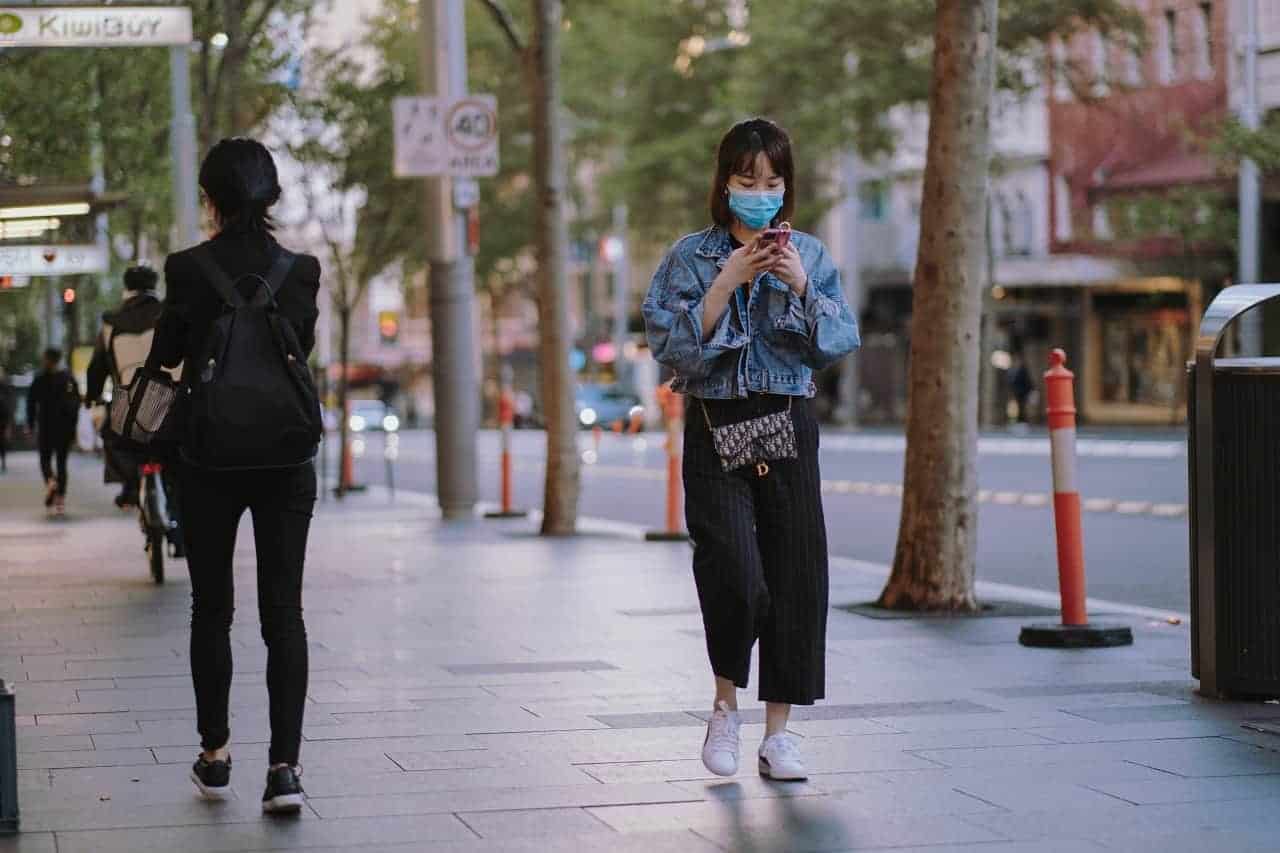
How to Manage Anxiety over Returning to Work

Photo source: Pexels
The COVID-19 pandemic has drastically changed daily life around the world. The virus’s ongoing health threat, new levels of financial uncertainty and long stretches of recommended social isolation have, for many, resulted in unprecedented levels of stress and exacerbated existing mental health conditions. A Pew survey from May found that one-third of Americans reported experiencing high levels of psychological distress since the start of the pandemic.
In Indonesia, now it has adopted new normal era, in which many sectors have returned to operations, including offices. Some people are brave enough to go back to their offices, some are still worried, but they still have to go back to work. CNBC Make It spoke with psychologists for tips on how to manage anxiety when returning to work.
1. Identify Your Feelings of Anxiety
The first step to managing anxiety is to recognize how you react when you’re psychologically distressed. Anxiety is how the body reacts to the threat of danger and can show up physically as shallow breathing, tightness in your chest, restlessness, an upset stomach, headaches or neck and shoulder pain.
Once you’ve identified your reaction, practice ways to ease the physical symptoms of your anxiety, says Sherry Benton, founder and chief science officer of TAO Connect, a therapy resource site.
For example, if you realize you react to stress by clenching your jaw and your breath becomes labored, you may learn to actively relax, stretch and practice deep breathing exercises when you notice these things happening in your body. More long-term, you may take up a mindfulness or meditation practice to ground yourself to take control of anxious thoughts.
In addition to finding ways to deal with the physical symptoms of anxiety, note the environmental triggers that are causing your stress, says Asha Tarry, an author, community mental health advocate, psychotherapist and certified life coach. If you become anxious when you scroll through social media during the workday, take a step back to recognize that and limit how much time you spend on your screen or eliminate it altogether.
It’s helpful to remember that your anxiety is a reaction to something, rather than an unchangeable part of your personality, Tarry adds.
2. Don't Focus on the Worst Possibility
You might become anxious when you don’t know what will happen in a stressful situation, and your mind might go to the worst possible outcome. The prospect of going back to work probably raises concerns about being exposed to the COVID-19.
These are certainly risks that people have to face every day, especially if you’re at higher risk of contracting the virus, says Benton. However, focusing solely on the worst-case scenario isn’t the best way to prepare yourself for returning to public life.
A helpful thought would be to remember that you have control over your own behaviors to keep yourself safe, like wearing a mask, washing your hands and practicing social distancing.
3. Manage Anxiety with Preparation
You have to prepare yourself to stay safe in public like manage your commute; wearing a face mask and bring hand sanitizer; manage eating and drinking while at the workplace; and manage how you’ll interact with colleagues or clients.
Even habits as simple as laying out your clothes the night before, packing your work bag and bringing your own lunch can help you feel more in control, Tarry says. She also recommends you give yourself ample time in the morning so you don’t feel rushed to get out the door, which can contribute to anxiety.
Similarly, to put your mind at ease, ask your employer what safety precautions they’ll have in place, Benton says.
Your employer should have a plan for how many people will be onsite; how people will move throughout the facilities; what safety equipment and cleaning supplies will be available; whether masks will be required of employees and clients; how to maintain proper ventilation and air flow; and other precautions to ensure workers won’t be put at-risk when they return.
Having these conversations can help you feel more in control of the situation. If you learn your employer doesn’t have a plan for all of your concerns, you may be able to contribute your own ideas for a safer and less stressful return.
4. Be Intentional with How You Get Your News
Gathering too much information about COVID-19 pandemic, or getting it from the wrong place, can make you more anxious. Benton and Tarry agree that it’s best to be intentional with how much time you spend reading the news and where you get it from.
For example, you may stick with listening to a news radio show for 30 minutes on your morning and evening commutes, but then avoid scrolling through social media during your free time.
Defer to official sources, such as the World Health Organization (WHO), for general updates on the state of the pandemic and how to keep yourself safe. Then, look to what your local health authorities are saying for day-to-day news.
“Knowing your local information is the most important for making your own decisions,” Benton says.
5. Take Your Symptoms Seriously
Regardless of whether you feel anxious every day or even just once in a while, Tarry recommends everyone tune in to their feelings and take their symptoms of anxiety seriously. In May, the United Nations warned that the coronavirus pandemic “has the seeds of a major mental health crisis” and called for substantial investment in support services.
If you notice any changes to your body or mood, examine that and seek mental health support now through teletherapy, an employee assistance program or another provider to help you work through those difficult feelings.
“Your environment has a lot to do with chronic symptoms of anxiety that start seemingly out of nowhere,” Tarry says.
Videos & Highlights
Editor's Choice
© SR Digital - Alinear Indonesia. All rights reserved.
Home | About Us | Smart Publication: ID | EN | JP | Business & Partnerships | Contact us | Sitemap














